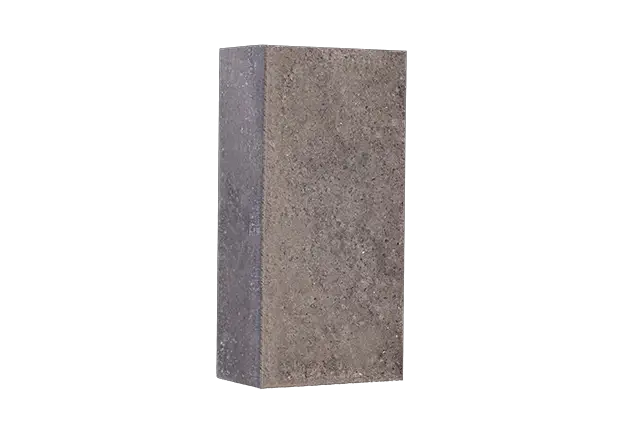In the realm of advanced ceramic materials, the development of phosphate-bonded high-alumina bricks signifies a groundbreaking stride towards addressing the ever-evolving demands of various industries. As technological advancements propel the need for materials that can withstand extreme conditions, the innovative characteristics of these bricks play a crucial role in modern applications.
The research and development process for phosphate-bonded high-alumina bricks is rooted in a comprehensive understanding of material sciences. Initial stages involve a thorough assessment of traditional high-alumina bricks, which has led to the exploration of alternative bonding agents. The choice of phosphate not only enhances the mechanical properties of the bricks but also their thermal stability, positioning them as superior alternatives in high-temperatures environments.
Through iterative experimentation and rigorous testing, researchers have successfully formulated bricks that exhibit remarkable resistance to thermal shock and corrosion. The incorporation of phosphate bonding compounds allows these bricks to be tailored for specific applications, making them versatile across multiple sectors, including metallurgy, petrochemicals, and ceramics.
The innovative performance characteristics of phosphate-bonded high-alumina bricks are pivotal in meeting the intricate requirements of contemporaneous industries. Their enhanced durability not only extends service life but also translates into reduced downtime and maintenance costs. As industries face stringent regulations and the increasing need for sustainable practices, the production of these bricks emphasizes eco-friendliness alongside performance.
Moreover, the adaptability of the phosphate-bonded high-alumina bricks facilitates customization to suit specific operational environments. This adaptability ensures that as industry standards evolve, these bricks remain relevant, providing lasting solutions that respond efficiently to future demands.
As industries continue to transform in pursuit of enhanced efficiency and sustainability, the innovative development of phosphate-bonded high-alumina bricks emerges as a quintessential response to these dynamic challenges. By investing in advanced material technologies and staying attuned to industry needs, we can anticipate a future where these innovative bricks significantly contribute to operational excellence and environmental responsibility.

